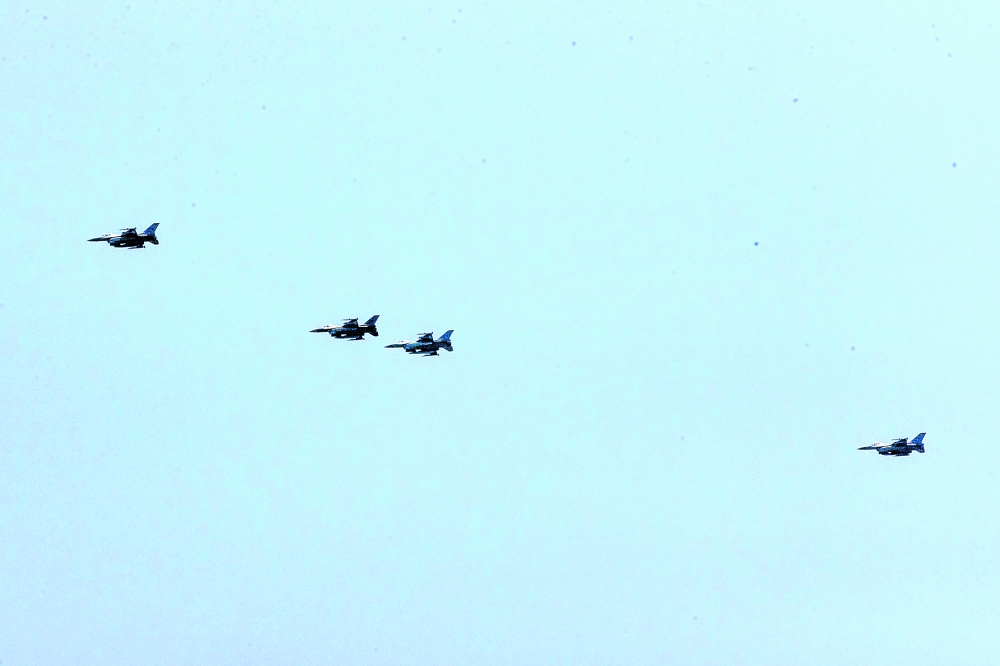Joint PH-US drills a ‘full battle test’

The Philippines and the United States kicked off their biggest military exercises on Monday to conduct for the first time a “full battle test,” where capabilities of both forces will be measured in multiple scenarios.
The exercises come as regional tensions simmer in Asia over China’s activities in the South China Sea and around Taiwan, which neighbors the Philippines.
The annual “Balikatan” or “shoulder-to-shoulder” drills, which will run until May 9, will involve more than 17,000 Filipino and American troops simulating mock invasions on enemy-occupied islands in areas facing Taiwan and the South China Sea as part of a “rehearsal” of a defense plan that has been previously drawn up by the two longtime treaty allies.
Nineteen nations, including Australia and Japan, are taking part as observers.
Beijing in recent years has stepped up its aggressiveness in the South China Sea, which it claims almost entirely, and around Taiwan, which it has not ruled out taking by force.
‘More complex’
The drills have evolved a lot since its inception in 1991.
Foreign Secretary Enrique Manalo, the guest of honor at the opening ceremony, said that when he attended the opening event in 2009, the focus of the exercises was counterterrorism.
“Times have indeed changed. The geostrategic environment is more complex and increasingly vulnerable to miscalculation,” he noted.
Officials did not identify China by name in its exercises, but Defense Secretary Gilberto Teodoro Jr. earlier called Beijing as “the biggest disruptor” of peace in the region, with its increasing aggression in the South China Sea.
“Balikatan is not against any nation but it is joint training with the forces to increase our capability in securing our territory. And of course, it will increase our capabilities and our preparedness and responsiveness to any eventuality,” the Philippines’ Balikatan exercise director Maj. Gen. Francisco Lorenzo said in a briefing after the event.
His American counterpart, Lt. Gen. James Glynn, said the design of this year’s exercise was more for the South China Sea rather than Taiwan.
“We’re looking at elevated tensions in regional security in the larger region, in this case focused on the South China Sea,” he said.
Advanced weapons
This year’s exercises will see many firsts on top of the inaugural deployment of the Navy-Marine Expeditionary Ship Interdiction System antiship missile launchers in the Luzon Strait close to Taiwan as part of “maritime key terrain security operations” (MKTSO) or island retaking from an enemy force.
A similar MKTSO exercise will be held in Balabac, Palawan, facing Philippine and Chinese outposts in the West Philippine Sea, or Manila’s exclusive economic zone in the South China Sea.
The United States will also send overseas for the first time the Marine Air Defense Integrated System (Madis), a sophisticated air defense system designed to counter drones and other unmanned aerial systems.
The Madis will be used in the integrated air and missile defense system live-fire in Zambales, another exercise taking place for the first time, where combined forces will shoot down an outlaw drone while at sea.
President Marcos will witness the event from an undisclosed location. —WITH A REPORT FROM REUTERS

















